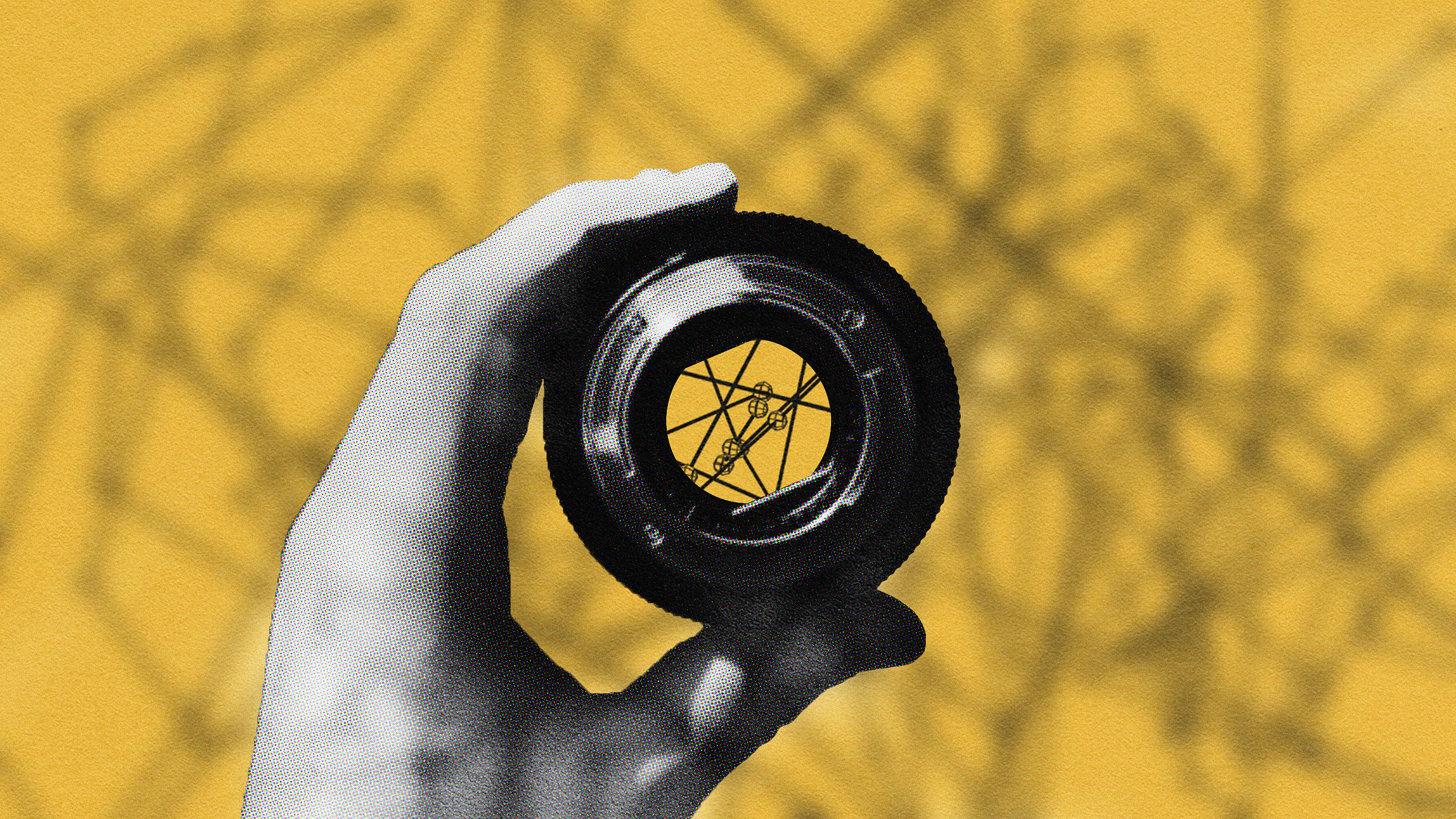How Fixation Error Prevents You From Solving Problems

Have you ever found yourself taking an exam, working on a tight deadline, or solving an important time critical problem and becoming stuck; unable to progress because your brain won’t let you move on until you remember a piece of information that is on the tip of your tongue? For most of us, this problem has resulted in little more damage than a missed grade here or there. For two professions: doctors and pilots, fixation error is an issue of life and death. For many years, understanding the vulnerability to fixation error has been a central part of training for pilots and cabin crews, but the medical profession is only just catching up. In an outstanding piece of journalism in the New Statesman, Ian Leslie describes the journey of pilot Martin Bromiley to bring awareness of fixation error to the medical profession. Bromiley’s wife passed away after a room full of doctors and medical professionals failed to respond correctly to a blocked airway, fixating on intubating the patient rather than recognising that this method was failing and resorting to other means to provide the patient with oxygen.
The way that errors are perceived differently in the worlds of medicine and air travel helps explain why doctors are playing catch up:
Bromiley’s case was also described in a 2010 paper in the journal Anaesthesia which looks at the fixation problem with an experimental analogy. Consider the following “cheap necklace problem”. Your aim is to make a necklace that costs no more than 15 cents using the four chains below. It costs two cents to open a link and three cents to close it again:

If you are struggling to solve this problem then you’re not alone – 97% fail to solve the cheap necklace problem. A reason we fail to solve this problem is because we fixate on one solution at the expense of alternatives. We tend to try to solve problems by taking steps that ensure progress towards a goal – the “hill climbing heuristic”. We don’t like to take steps backwards, but solving the cheap necklace problem requires a backwards step. To solve the cheap necklace problem we must break the links in one of the chains, costing us six cents and use these three links to join the remaining chains.
Unfortunately, there is no easy solution to the problem of fixation error, but awareness of the phenomenon can help us to recognise it in ourselves and others when it occurs, so that when an emergency happens we can try to remind ourselves to remember to keep looking for alternative solutions.
References:
Leslie, I (2014) How mistakes can save lives: one man’s mission to revolutionise the NHS. New Statesman
Fioratou, E. (2010). No simple fix for fixation errors: cognitive processes and their clinical applications, Anaesthesia , 65 61-69.
To keep up to date with this blog you can follow Neurobonkers on Twitter, Facebook, RSS or join the mailing list. Image Credit: Shutterstock





